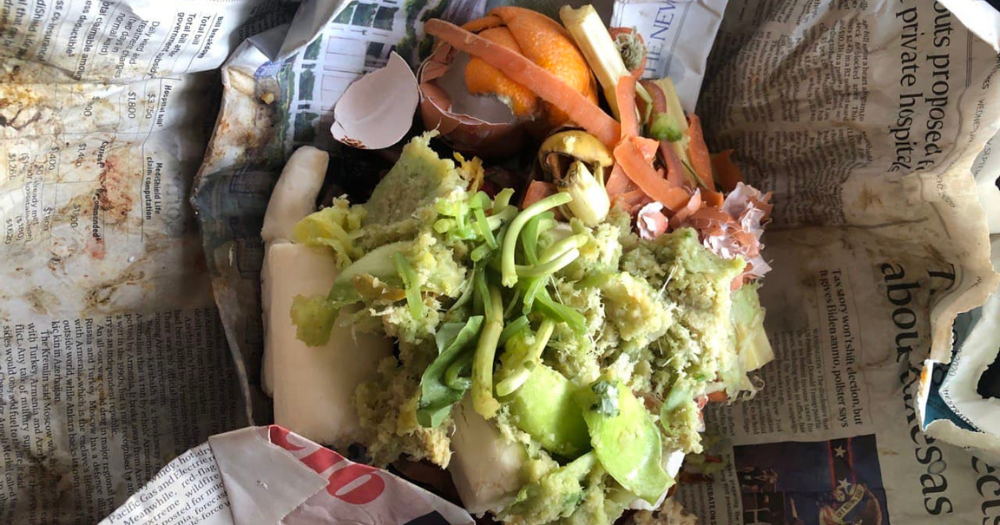Follow us on Telegram for the latest updates: https://t.me/mothershipsg
10 units of smart lockers will be installed at selected HDB blocks in the Ang Mo Kio-Toa Payoh sector to collect food waste from residents.
The sector covers the planning areas of Bishan, Ang Mo Kio, Serangoon and Toa Payoh.
Trial to collect food waste from residents
The National Environment Agency (NEA) noted that this is an innovative scheme trialed by waste collector 800 Super Waste Management Pte Ltd (800 Super).
According to the press release by NEA, the smart lockers will be installed with an Internet of Things (IoT) remote access smart system, a QR code scanner, and a load cell weighing scale.
Participating residents will receive a unique QR code and air-tight reusable plastic containers to store their food waste.
They will receive an empty plastic container in exchange for the food waste-filled container which they will have to place in the smart lockers.
Rewards
Participants can also earn reward points via 800 Super's mobile application, according to the amount of food waste deposited.
The reward points can be accumulated and exchanged for grocery vouchers.
The trial will last for a year. If it is successful, 83 more smart lockers will be deployed to other HDB blocks in the sector.
Food waste problem in Singapore
Food waste is one of the biggest waste streams in Singapore. It accounts for about 11 per cent of the total waste generated in the country.
In recent years, there is a decline in food waste generated by people in Singapore since 2017.
The overall amount of food waste generated in 2020 was 665,000 tonnes, which was 11 per cent less than the 744,000 tonnes in 2019.
The government is also actively exploring ways to recycle food waste such as promoting the installation of on-site food waste treatment systems at hawker centres, hotels, malls, and schools.
That contributed to a slight increase in recycling rate for food waste from 18 per cent in 2019 to 19 per cent in 2020.When food waste is not recycled, they are disposed of at the waste-to-energy (WTE) plants for incineration.
Reducing incinerated food waste can help to prolong the lifespan of Pulau Semakau landfill.
Globally, food waste also contributes to climate change when they are buried in landfills and left to decompose.
The process produces methane, a potent greenhouse gas.
Top image by Fiona Tan
If you like what you read, follow us on Facebook, Instagram, Twitter and Telegram to get the latest updates.

